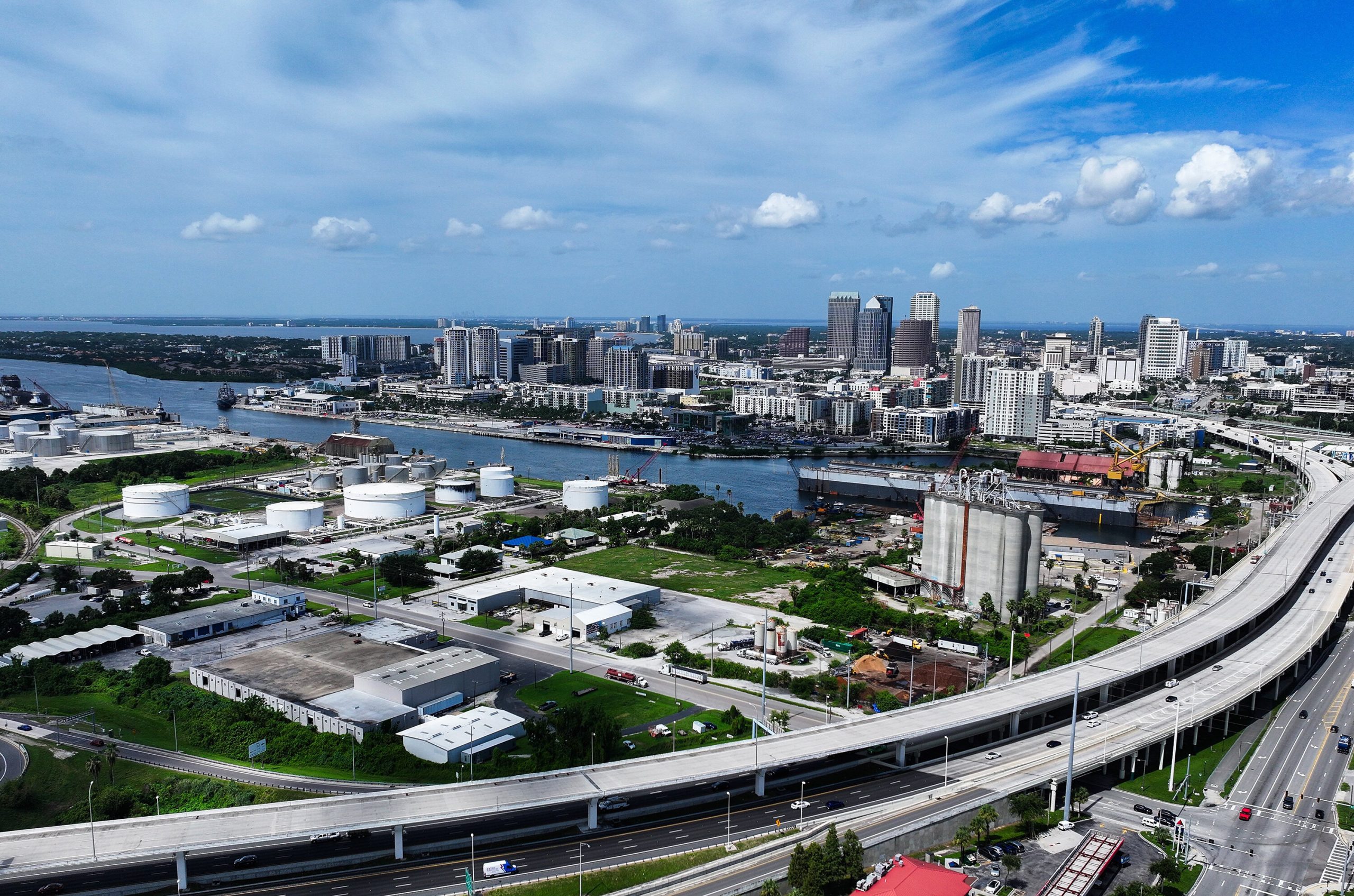The Struggle for a New Home
TAMPA, Fla. — When it comes to finding a new home for the Tampa Bay Rays, the possibilities are as varied as they are uncertain. The team could stay in St. Petersburg, move closer to Tampa, or even consider locations that align with potential buyers from Jacksonville. However, one factor stands out as a major obstacle: the lack of modern transportation infrastructure in Hillsborough County.
The failure to modernize the region’s mass transit system has significantly impacted the viability of potential stadium sites. This issue is not just a minor inconvenience; it’s shaping the decisions about where the Rays might play. As the Tampa Bay Times highlighted in a recent article, many of the proposed locations have strengths, but all face a common challenge: inadequate transportation options.
The Challenges of Urban and Suburban Sites
One of the most popular proposed sites is Ybor Harbor, a planned retail and residential area along the old industrial waterfront between downtown Tampa and Ybor City. This location offers a mix of wealth, high-rise buildings, and a vibrant street scene that attracts both locals and tourists. However, the site faces significant challenges. Its tight geography and limited mass transit options make it difficult for visitors to navigate. While the Selmon Expressway may help some attendees from St. Petersburg and Brandon, the area is still heavily reliant on cars, which could deter fans who prefer more accessible options.
Other alternatives also come with their own set of issues. The Florida State Fairgrounds, located east of Tampa, offer ample space and access to interstates, potentially drawing fans from both Tampa Bay and Orlando. However, its isolation and car-dependent nature make it less appealing. Similarly, the former dog track in Sulphur Springs has land and interstate access, but the surrounding area is congested, especially during peak hours. Travelers from Pinellas would still need to cross bridges and navigate through busy areas like Tampa International Airport and downtown Tampa, making the location less convenient.
The Impact of Congestion and Lack of Transit
Even locations near the Buccaneers’ stadium, such as West Shore, face challenges. While these areas have highways and nearby amenities, existing roadways are already congested during the workweek. Adding more event traffic could exacerbate the problem, making it an impractical solution. Parking garages might be a temporary fix, but they do not address the fundamental issue of getting people to the stadium in the first place.
The irony is that many of these sites could benefit from a modern transit system if officials had followed through on past plans. In 2011, then-Gov. Rick Scott rejected $2.4 billion in federal funding for a high-speed rail line connecting Tampa with Orlando. Hillsborough voters approved a mass transit measure in 2018, but it was later blocked by the courts. A regional initiative to establish intercounty transit across Tampa Bay also failed to gain traction. These missed opportunities have left the region struggling with congestion and outdated infrastructure.
The Need for a Comprehensive Solution
Transportation isn’t the only factor in determining where the Rays will play, but it is a critical one. A stadium needs more than just a location; it requires a robust transit system that can handle large crowds efficiently. Mass transit is ideal for managing volume and surge demand, but without a real system in place, the challenges remain.
If the Rays stay in the area, it presents an opportunity to address this glaring deficit. Modernizing the transportation system could not only support the team but also improve the quality of life for residents. It’s time to recognize that without a reliable and efficient transit network, the region will continue to face limitations in attracting and retaining businesses and residents alike.







